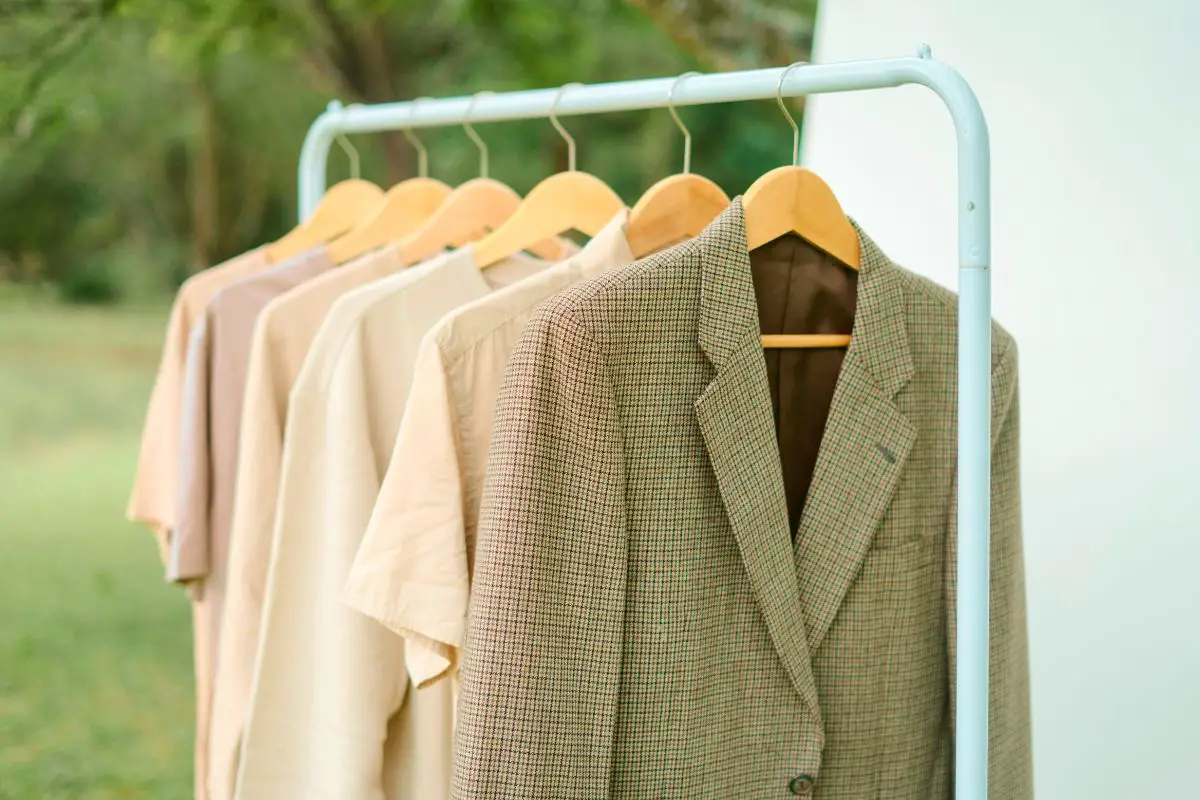9 Small Steps to a Sustainable Wardrobe
Is your closet a ticking environmental time bomb? In a world drowning in waste, it’s time to rethink our fashion choices. This article focuses on the importance of sustainable clothing—a small but impactful way to better our planet. We aim to provide you with practical steps to transform your wardrobe into a greener, more ethical space. Get ready to take meaningful strides toward a sustainable future, one outfit at a time.
Why Traditional Wardrobes Are Unsustainable
The allure of fast fashion may be difficult to resist, but the environmental and ethical implications are significant. Fast fashion has a considerable toll on the environment, largely due to its rapid production cycles that encourage frequent consumption.
Excessive water use is one of the key concerns. The production of a single shirt can consume approximately 2,700 liters of water. This extravagant use of a precious resource poses a significant environmental challenge.
Moreover, waste generated by the fashion industry is staggering. Millions of garments find their way to landfills each year, contributing to long-lasting environmental degradation. These items often contain synthetic fibers that do not decompose easily, leading to soil and water pollution.
The ethical dimension cannot be overlooked either. The affordability of fast fashion often comes at the expense of labor practices. Many brands rely on low-wage workers in developing countries, operating in conditions that raise ethical questions.
The traditional approach to wardrobes, driven by fast fashion, is neither sustainable nor ethical. The costs are high, both for the environment and for vulnerable populations involved in production. It is crucial to rethink our clothing choices to mitigate these serious issues.
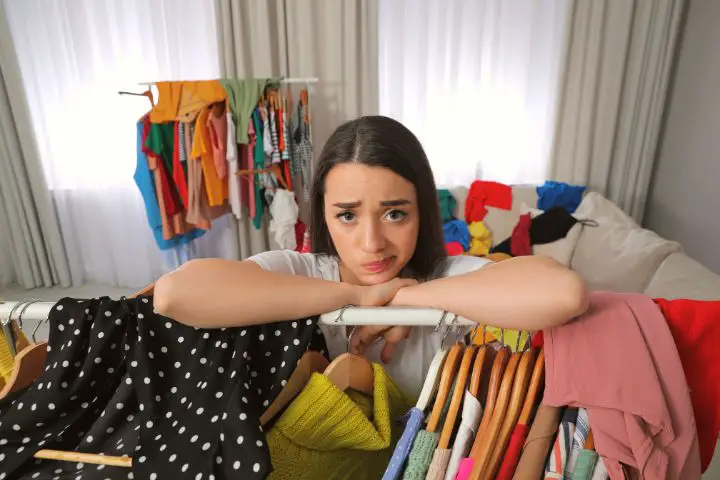
The Rise of Sustainable Fabrics
Are you tired of feeling guilty every time you buy a new shirt? Good news—sustainable fabrics like organic cotton, Tencel, and hemp are making eco-friendly shopping easier than ever.
First up is organic cotton. Unlike its conventional counterpart, it’s grown without toxic pesticides. That means cleaner soil and less harm to farmers. Organic cotton uses up to 90% less water in its production. Sounds like a win-win, right?
Next, let’s talk about Tencel. Made from sustainably harvested trees, this fabric is a champion in eco-friendliness. It’s not only soft and breathable but also decomposes quickly. Imagine wearing a shirt today and knowing it won’t spend a lifetime in a landfill.
Last but not least is hemp. Often misunderstood, this plant is far from its controversial cousin, marijuana. Hemp fabric is strong, breathable, and grows like a weed—without needing much water or any pesticides.
But do these fabrics really make a dent in the environmental crisis? Absolutely! Experts predict that the sustainable fabrics market will grow at a rate of 12.50% annually, reaching new heights by 2030. So the next time you shop, consider these fabrics. You’ll look good, and Mother Earth will feel even better.
Setting Realistic Goals
While the call for a sustainable wardrobe is compelling, achieving 100% sustainability presents challenges. The barriers often range from limited access to eco-friendly products to higher upfront costs. However, these obstacles shouldn’t deter you from making incremental changes toward a more sustainable closet.
Starting small is both manageable and effective. Consider adopting one sustainable practice a month—be it choosing organic fabrics or learning to repair your clothes.
Instead of aiming for a complete overhaul, set achievable sustainability goals. You might aim to replace 20% of your wardrobe with sustainable options within a year or commit to not buying any new clothes for a set period. Such manageable steps not only make the transition easier but also contribute to a cumulative positive impact.
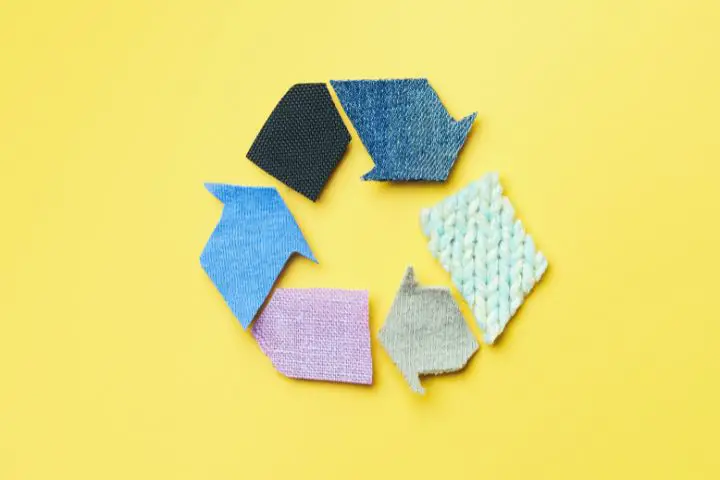
9 Steps for a Sustainable Wardrobe
The task of transforming your wardrobe into an eco-friendly space may seem daunting. But by breaking it down into smaller, actionable steps, you’ll find it’s a manageable and rewarding endeavor. Here’s a comprehensive guide to achieving a sustainable wardrobe.
- Audit Your Current Wardrobe
The first critical step is taking stock of what you already own. Doing a thorough inventory of your clothes helps you prevent impulsive purchases and shows you what you truly need. Create categories in your mind or on paper like ‘Frequently Worn,’ ‘Occasional Wear,’ and ‘Never Worn.’ Discard or donate items you never wear, so you can focus on what actually adds value to your daily life.
- Buy Less, Choose Wisely
When it comes to building a sustainable wardrobe, quality beats quantity every time. Opting for a single high-quality garment, such as sustainable bamboo clothing, instead of several cheap items is not only eco-friendly but also cost-efficient in the long term.
The cost-per-wear concept is a useful tool here. This means dividing the total cost of an item by the number of times you think you’ll wear it. The lower the number, the more sustainable and justifiable the purchase.
- Embrace Second-Hand Clothing
Thrift stores and vintage shops offer a wealth of gently used, high-quality, and unique items. By shopping second-hand, you reduce the demand for new production, conserving resources in the process. This approach also extends the lifecycle of clothes, reducing the overall waste linked to throwing away garments before their time.
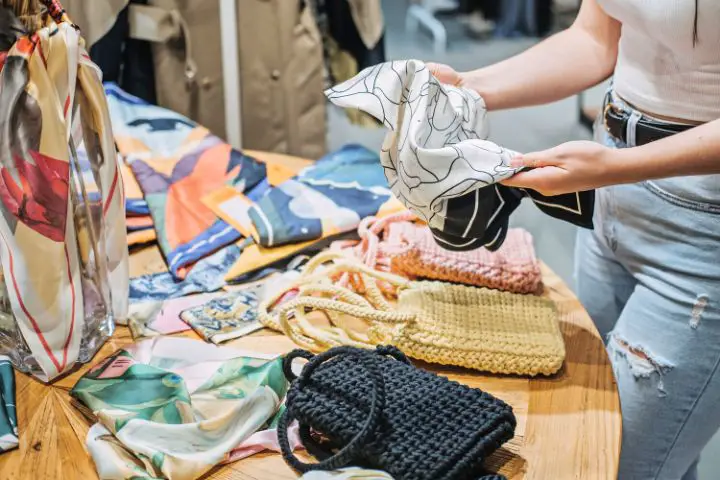
- Opt for Sustainable Practices
When shopping new, choose companies that are transparent about their supply chain, materials, and labor practices. Certifications like Fair Trade or organic textile standards are good indicators of a brand’s commitment to sustainability.
- Learn Basic Repairs
The importance of basic repair skills cannot be overstated. A simple task like sewing back a fallen button or patching up a minor tear can dramatically extend the life of a garment. Mastering these tasks saves you money and minimizes waste, as it prevents you from discarding items that can be easily fixed.
- Proper Clothing Care
Washing your clothes in cold water is a straightforward method to cut energy use. Opting for eco-friendly detergents, free from harsh chemicals, is another effective way to lessen water pollution. Furthermore, consider doing a full laundry load instead of several small ones to maximize water and energy efficiency.
Air drying your garments saves energy and prolongs their life by reducing wear and tear. For those items that require machine drying, using wool dryer balls can shorten drying times and reduce static. Storing clothes correctly is another aspect often overlooked; use padded hangers for delicate items and fold heavier garments to maintain their shape longer.
- Recycle or Donate
When the time comes to part with old clothing, resist the temptation to simply throw them away. Many textile recycling programs can repurpose fabric into new items, from cleaning rags to insulation materials. Donating to local shelters or community centers is another avenue to consider, offering a second life to garments that you no longer need.
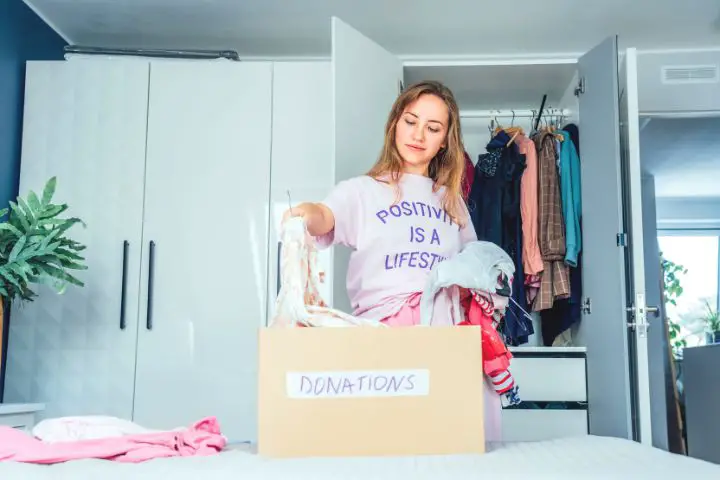
- Educate Yourself and Others
Knowledge is power, especially when it comes to sustainability. Take the time to read about eco-friendly fabrics, ethical labor practices, and the environmental impact of the fashion industry. The more you know, the better choices you can make. Share this knowledge with family and friends, too; sustainability is a collective effort that benefits from increased awareness.
- Review and Adjust Regularly
Maintaining a sustainable wardrobe is an ongoing process, not a one-time event. Periodically review your clothing items and sustainability goals. If you find that you’ve backslid or acquired items that don’t align with your objectives, don’t get discouraged. Recognize the slip, re-adjust your goals, and continue your journey toward a more sustainable wardrobe.
Taking even a few of these steps toward a sustainable wardrobe will start you on the right path. These incremental changes collectively contribute to a more sustainable lifestyle that benefits both the planet and your wallet.
The Role of Family in Sustainability
Involving the whole family in the sustainability journey adds a collective spirit and amplifies the impact. Making it a family project fosters a sense of shared responsibility and accountability. Assign each member a specific role, whether it’s researching eco-friendly laundry detergents or scouting out local recycling programs. Shared goals and teamwork not only make the process enjoyable but also instill a lifelong value system in each family member.
Educating the younger generation is equally pivotal. However, rather than just talking to them, involve them in practical activities. Let them help in sewing a patch on torn jeans or participate in a beach cleanup. Hands-on experiences offer a powerful, lasting lesson about the importance of protecting the environment.
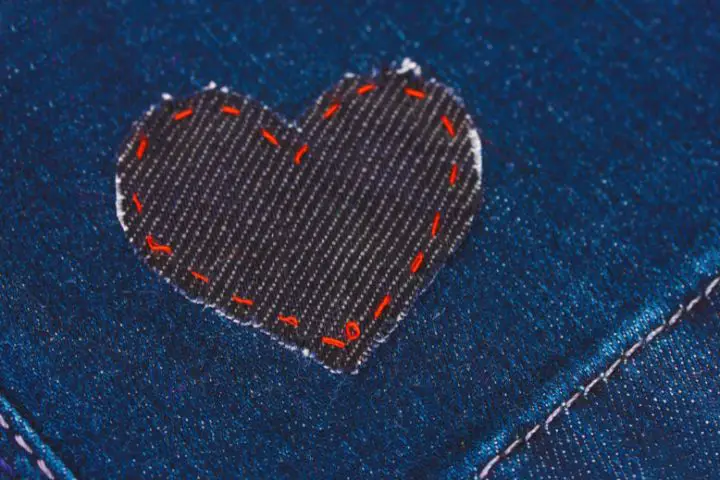
By integrating sustainability into family life, the conversation and actions extend beyond the individual. This communal approach turns eco-friendly habits into a family legacy, ensuring the principles of sustainability are passed down and magnified through generations.
Conclusion
Navigating the road to a sustainable wardrobe may initially seem like a daunting task. Yet, by breaking it down into manageable steps and involving the entire family, it becomes not just achievable but also rewarding. Whether you’re auditing your current attire or choosing eco-friendly materials, each action counts.
Remember, the journey to sustainability isn’t a sprint but a marathon, one that we can all complete successfully with shared effort and commitment. Let’s make the choice today to clothe ourselves and our families in a manner that respects both people and our planet.

